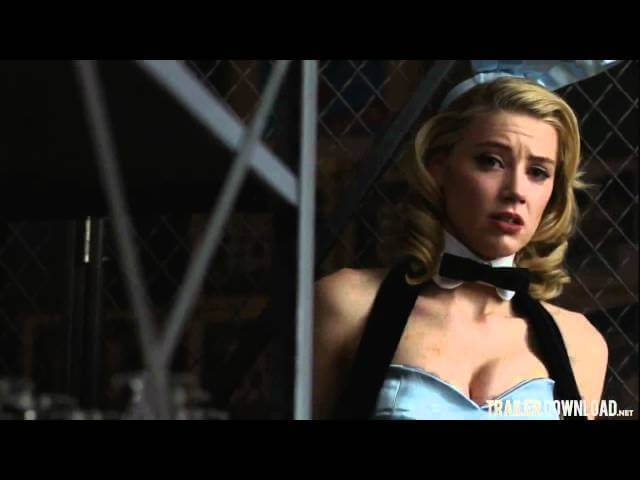Pete Campbell may be descended from Christopher Moltisanti, the dim, macho wannabe and second banana on , but Pete’s innovations set him apart. He’s more distant from the male lead of Mad Men, because he’s not related by blood, which both translates the Christopher character to the workplace and allows him to be the major antagonist. Accordingly, he’s a softer kind of bad guy, more cerebral than physical, to the point where you could root for him to grow. Overall the Pete Campbell figure is more weasel than ape, and lately, TV is crawling with baby Petes: Dr. Haas on , Dr. Gallinger on , Charlie Isaacs on , and Ted Jr. on . They’re weak, subordinate men with close relationships to the male leads, they’re entitled patriarchs possessive of their women, and they’re the self-pitying heroes of their own private melodramas. Some are loving husbands, some are geniuses, some are even heroes, but what makes them so interesting is they’re all Petes. [Brandon Nowalk]
